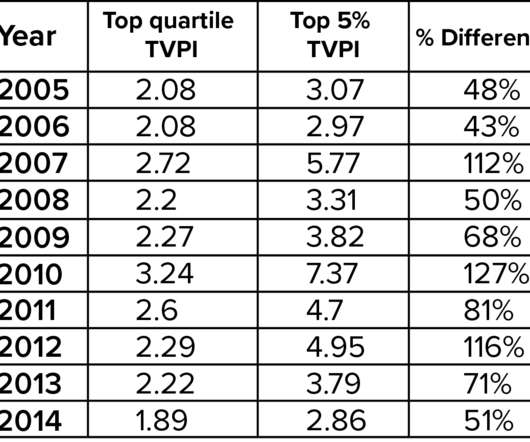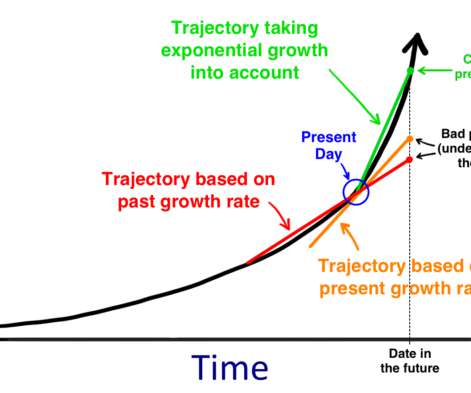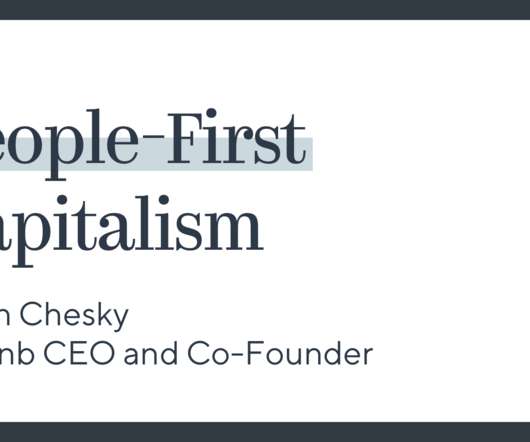How is the VC Asset Class Doing?
View from Seed
DECEMBER 4, 2019
Although there are many factors at work, one challenge of those vintages is that most of those portfolios more or less came of age when the 2008 economic crisis occurred. In looking at the data, it’s interesting to note that the TVPI for funds from 2002-2006 is pretty weak. The post How is the VC Asset Class Doing?







































Let's personalize your content